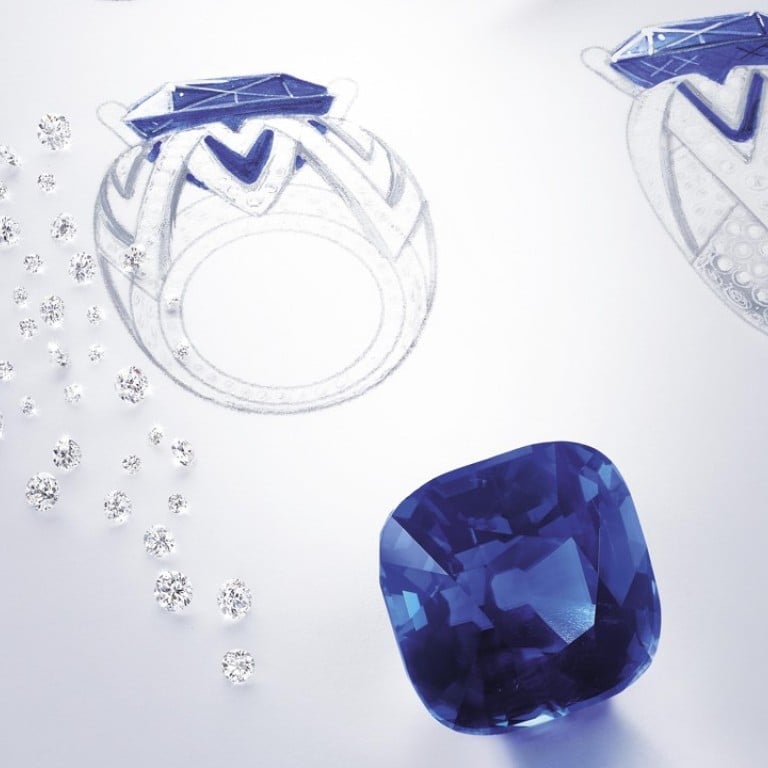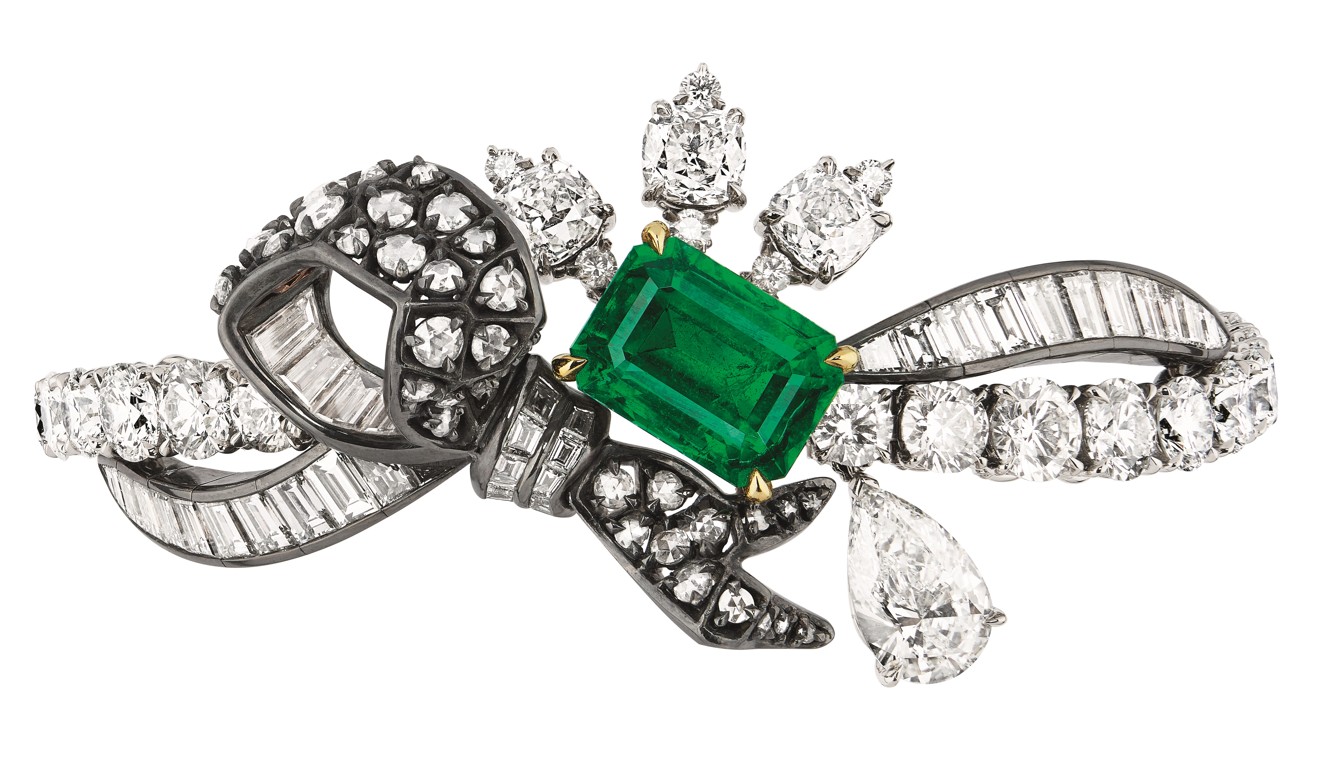How much should origin matter to buyers of coloured stones?

Imagine two big beautiful sapphires, alike in colour, clarity and size – but one has a note that says it comes from Madagascar; the other, from Kashmir.

The attention to origin is due in part to the way the gems are named – not just an emerald ring, but a Columbian emerald ring – and increased buyer sophistication.
Buyers aren’t just looking at the 4Cs of cut, clarity, colour and carat, but noticing that the most desirable gems in the marketplace don’t just seem to score highly on all these fronts, they also usually come from certain locations. Those names have become synonymous with quality, history and prestige.
Sapphires from Indian-administered Kashmir are the most highly prized for their perfect velvety blue hue. Among emeralds, those of the purest green are traditionally found in Colombia and display a transparency like honey, known as the gota de aceite (drop of oil) effect.
In the world of rubies, Burmese rubies from the region of Mogok are bestowed the name pigeon’s blood, and are considered the gold standard.

“The main relationship between origin and value today is one of rarity and history: those origins which famously provided fabulous quality gemstones historically and which today we know are rarely if not producing at all have a premium on desirability,” says Helen Molesworth, managing director of Gübelin Academy. The Kashmir and Mogok mines are largely depleted and production has slowed to a trickle, while Colombian emerald production is plagued by chronic underinvestment, although that is set to change in the coming years with the influx of foreign investment.
People like to know where what they are buying comes from
However, the rarity of the gems just seems to fuel demand. Just how much more desirable are these “branded” gems?
Auction records in recent years show that Kashmir sapphires have sold for an average of US$217,000 per carat, compared to Ceylon and Burmese ones which sold for an average of US$49,000 per carat. Top quality Columbian emeralds can command US$200,000 per carat, while Zambian emeralds of similar quality have gone for US$50,000.
In 2015, the Sunrise Ruby, featuring a Burmese ruby, set a new record for coloured gemstones when it sold for
US$1.27 million per carat, making rubies the second-most expensive gems after diamonds. In contrast, a pair of ruby earrings from Mozambique sold for just US$222,481 per carat at Tiancheng Hong Kong
last December.
Auction houses tend to perpetuate the glamour of brand-name origins, as they are hesitant to sell stones from less famous sources.
However it’s not just the Big Three precious stones whose origins are of concern. Tanzanite, which only comes from one place in the world, is emerging as a potential rival and drawing heavy interest from the Chinese market.
Touted as “the gemstone of a generation”, the gem is celebrating its 50th anniversary since its commercial launch at Tiffany & Co, and supply is expected to run out in 25 to 30 years.
Yet, its prices are much lower than those of sapphires, the nearest blue gem, ranging from the upper hundreds to lower thousands per carat.
A beautiful gem is a beautiful gem, no matter where it formed
Paraiba tourmalines are another coloured gem with a premium on pedigree.
Paraiba tourmalines from the original location in Brazil are the most saturated in colour and hence the most valuable, though similar tourmalines are also produced in Mozambique and Nigeria. However, Paraibas from Brazil are notoriously small in size and difficult to mine, with only one produced for every 10,000 diamonds. Prices often go beyond US$10,000 per carat.
Molesworth suggests that the current fascination with origin is part of the buying mentality of transparency or traceability that’s so popular at the moment, led by the emphasis on sustainable and conflict-free sources.
“People like to know where what they are buying comes from,” she says. “That knowledge in itself adds value, but it is up to the market to attach it to the value chain.”
The value attached to labels like Kashmir and pigeon’s blood is so strong that sometimes the significance of their origin is obscured.
David Marcum, author of the Dow Jones-Irwin Guide to Fine Gems and Jewellery shared a story on Rapaport about a jeweller who, upon hearing the words “Kashmir sapphire”, started gushing over the stone’s beauty and rarity, before finally asking where the stone was from.
Experts caution against buying on the sole basis of origin. It only becomes a significant factor after the 4Cs.
If a ruby from Myanmar was a shade too dark or heavily included, it would still be considered an inferior stone to a vivid red Mozambique one.
The country of origin only adds a premium to high quality stones, but the premium is so exorbitant that it often prices out all but the richest buyers. Ignoring the Mozambique ruby could mean missing out on a chance to own a good stone at a good price.
In addition, there is no way to totally guarantee a stone’s place of origin.
“A beautiful gem is a beautiful gem, no matter where it formed; you cannot simply buy a coloured gem off a report, based on where it came from, as any origin can effectively produce any level of quality,” cautions Molesworth.
Want more stories like this? Sign up here. Follow STYLE on Facebook, Instagram and Twitter

Buyers are getting more discerning about where a stone comes from, but is it worth the hype?
